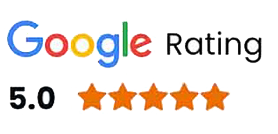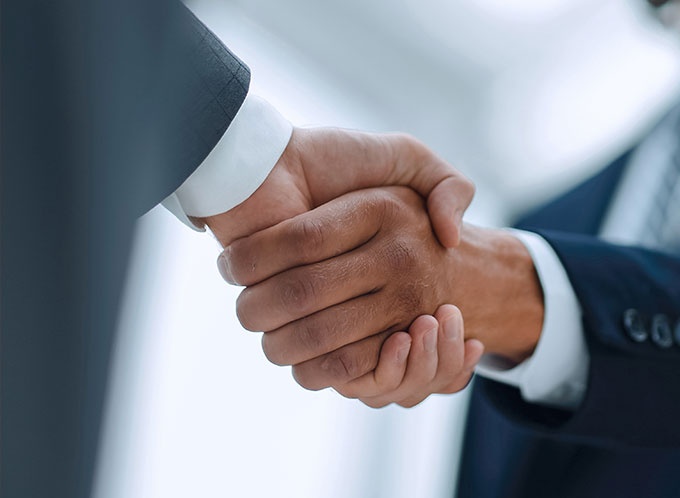What Can Happen When a Trademark Is Infringed Upon?
When a trademark is infringed upon, meaning that someone uses a trademark without authorization or in a way that is likely to cause confusion with the legitimate trademark owner’s goods or services, several legal consequences can follow. The owner of the infringed trademark can take various actions to protect their rights. Some courts may also have the power to order an infringing party to cease the infringement.
Understanding Trademark or Copyright Infringement Litigation Including Basis For Valuing Damages
Trademark and copyright infringement litigation involves legal actions taken by the owners of trademarks or copyrights to protect their intellectual property rights. Understanding the basis for such litigation, as well as how damages are valued, is crucial in these cases.
BASIS FOR TRADEMARK INFRINGEMENT LITIGATION:
Likelihood of Confusion: In trademark infringement cases, a key element is proving a likelihood of confusion between the allegedly infringing mark and the legitimate trademark. This includes considering factors such as the similarity of the marks, the similarity of the goods or services, and the likelihood of consumer confusion.
Unfair Competition: Trademark infringement cases may also involve claims of unfair competition, where the alleged infringer’s actions create a false association with the legitimate trademark owner, leading to consumer confusion.
Dilution: Trademark dilution claims may be asserted when the unauthorized use of a mark weakens the distinctive quality or reputation of a famous trademark.
BASIS FOR COPYRIGHT INFRINGEMENT LITIGATION:
Substantial Similarity: In copyright infringement cases, the plaintiff typically needs to demonstrate that the allegedly infringing work is substantially similar to the protected work. This involves an analysis of both the ideas and the expression of those ideas.
Access and Copying: Plaintiffs may need to show that the alleged infringer had access to the copyrighted work and that copying occurred. However, direct evidence of copying is not always required; circumstantial evidence may suffice.
Originality and Copyrightability: Copyright protection extends to original works of authorship. To succeed in a copyright infringement claim, the plaintiff must establish that the work is original and possesses the requisite level of creativity.
The valuation of damages in these cases can be complex, and it often involves expert testimony and economic analysis. Additionally, the availability of certain remedies may vary based on the jurisdiction and the nature of the infringement. Consultation with intellectual property attorneys is crucial for parties involved in trademark or copyright infringement litigation to navigate the legal complexities and pursue appropriate remedies.


